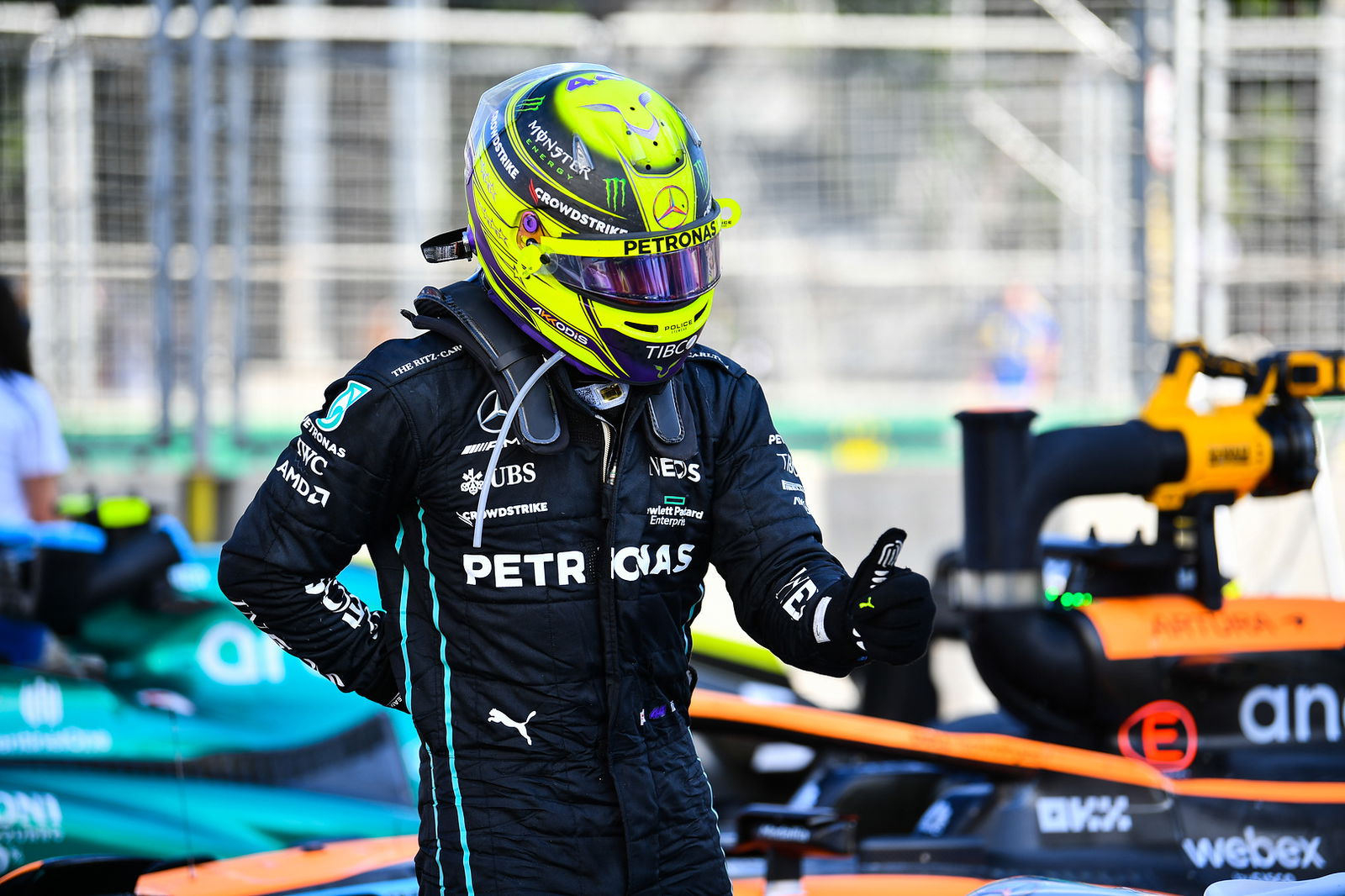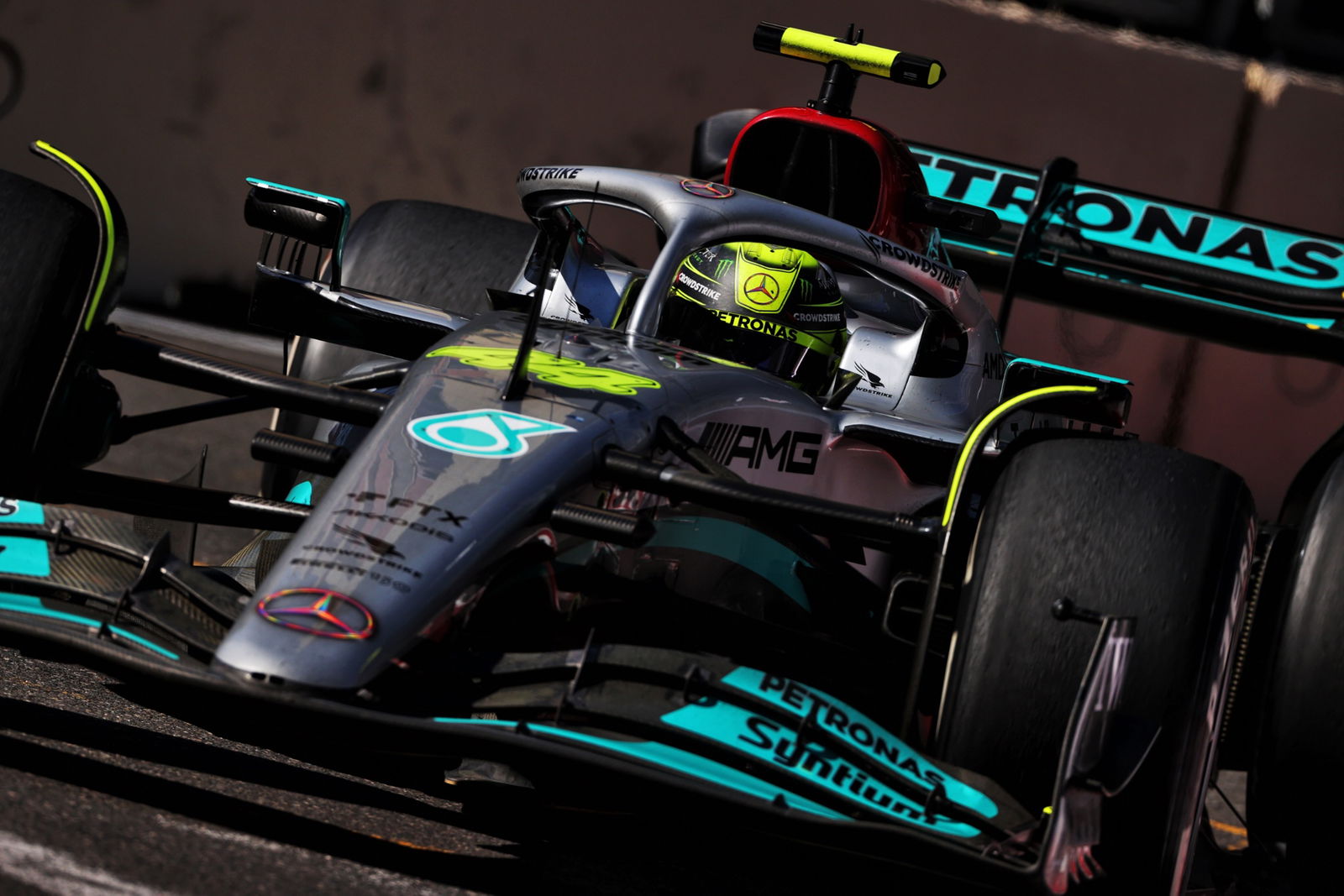Groundhog Day: Why Montreal’s resident rodents are a notorious pest at F1 Canadian GP

Groundhogs, also known as marmots, are widely found across Canada and have ended up disrupting F1 events ever since the Circuit Gilles Villeneuve played host to its first grand prix back in 1978.
Montreal’s resident rodents have a tendency to make the venue their home, meaning the drivers have to be extra alert when driving around the street circuit to avoid them.
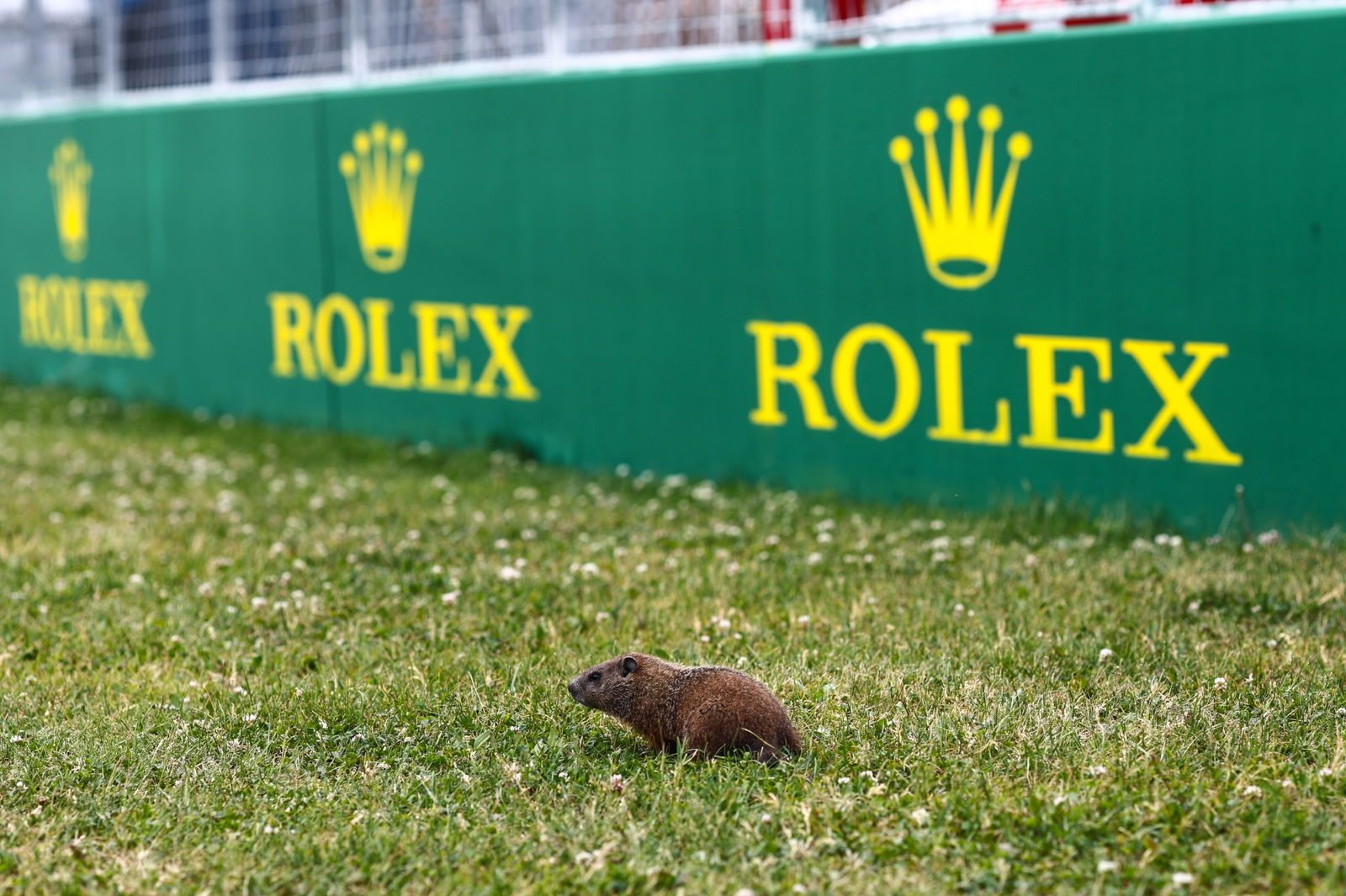
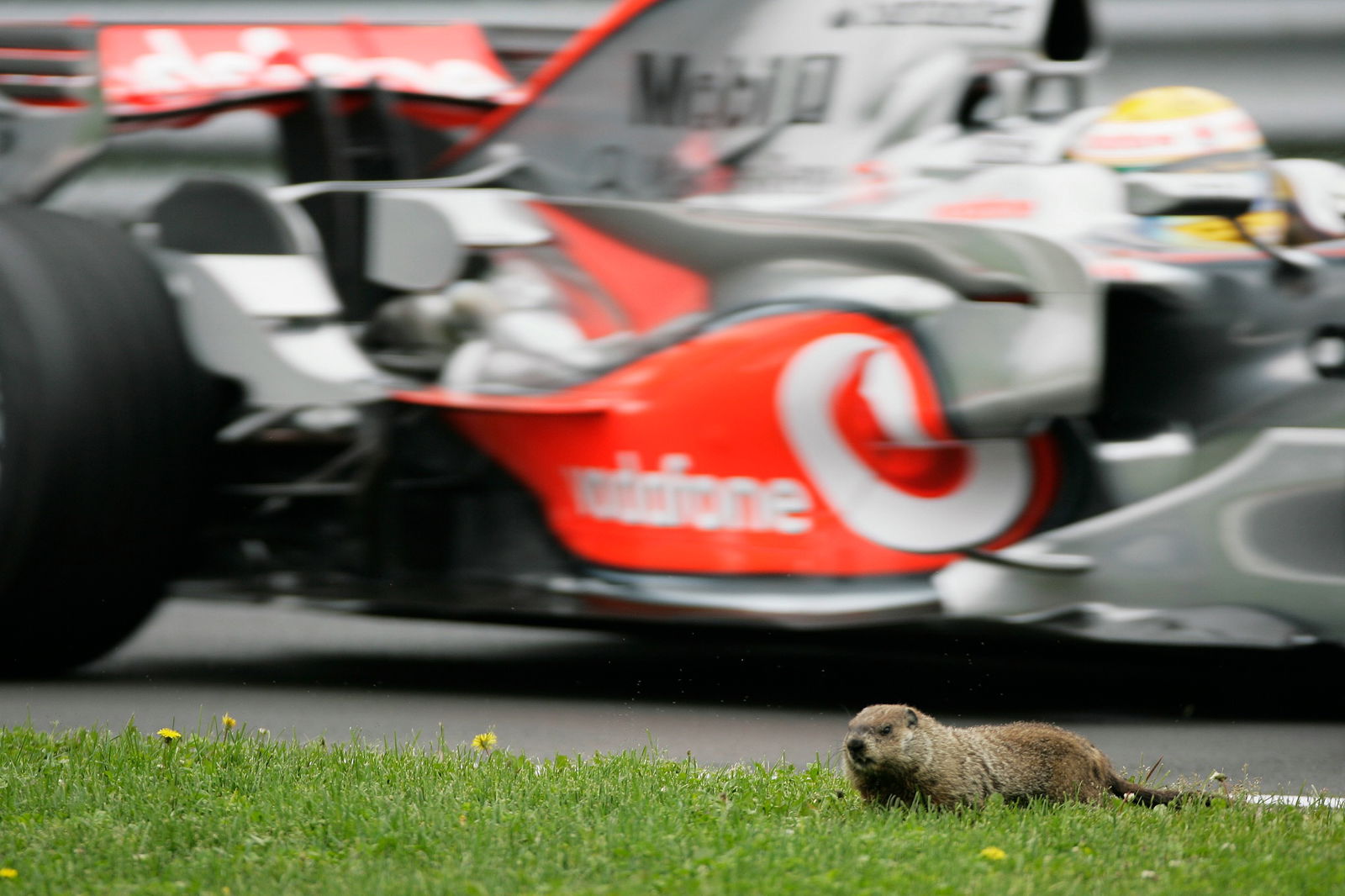
Unfortunately, the small furry animals have often met their end following contact with F1 cars, something the drivers are sometimes helpless to avoid.
Last year, Max Verstappen almost hit a groundhog as he won the 2024 Canadian Grand Prix.
“He was almost dead,” Verstappen said.
"I started to get to the last chicane and I thought it was debris initially.
“I started to close in and then I’m like, oh my god, it’s an animal. So yeah, I swerved right at the last moment. I don’t know what happened after.”
Romain Grosjean damaged the nose of his Haas car when he hit a groundhog during free practice at the 2018 Canadian Grand Prix.
At the time, Grosjean said he was “disappointed” the marshals did not attempt to catch and remove the groundhog after it had been captured on the track by television cameras.
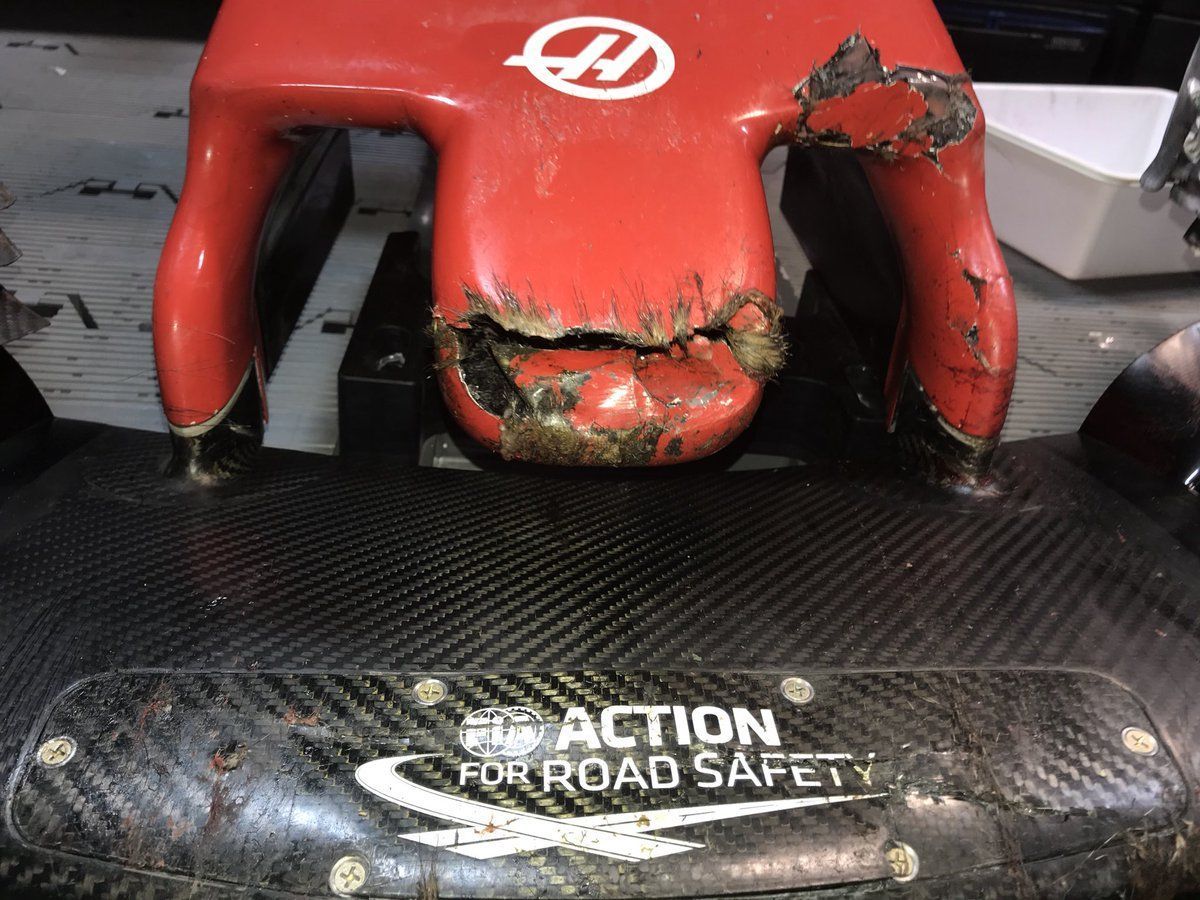
But then FIA race director Charlie Whiting explained that F1’s governing body had been advised against trying to remove the rodents.
“Of course we saw the groundhog,” Whiting said. “I did ask if it was feasible to try and catch him and I was told by those who know much more about groundhogs it was a very unwise thing to try and do.
“We felt that on balance it was better to leave it there and hope he didn’t make a dash for it but he did, unfortunately.
“They are indigenous to this island, they’re protected, and they do their best to get places they’re not supposed to go.
“We do our best to try and fill up all the holes but they just dig new ones and quite often get onto the track.
The city of Montreal placed animal traps around the vicinity of the circuit in a bid to reduce the likelihood of a potentially dangerous collision at previous events.
Food was placed in the traps to lure the groundhogs into cages, designed to keep the animals from further harm until they can be relocated to a safer location.
With groundhogs likely to reappear at the F1 Canadian Grand Prix this weekend, the drivers will be faced with another challenge to keep an eye out for.
